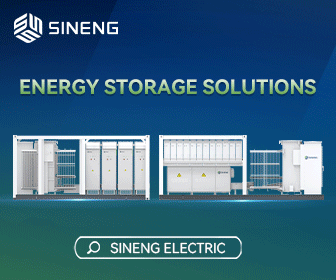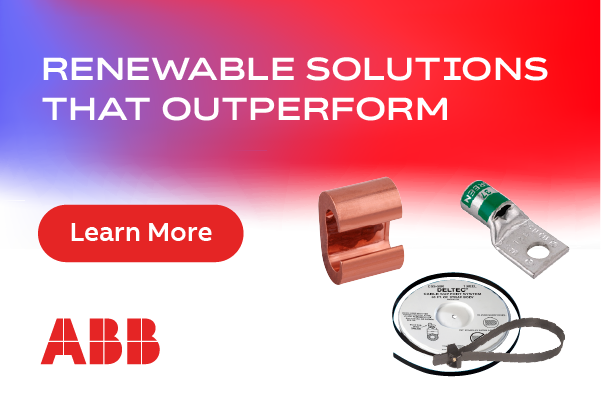How to Spot Greenwashing in Energy Storage
Energy storage demand has almost tripled since 2020. That's why, for renewable energy installers and battery buyers alike, it's more important than ever to minimize your batteries' environmental footprint - and understand what happens to your batteries at the end of life.
Unfortunately, it can be challenging to find accurate information in corporate literature.
Record-high demand for sustainable batteries has led to blatant "greenwashing" - unscrupulous environmental claims include:
- Advertising "green" batteries... then landfilling them 95 percent of the time;
- Publicizing "50 percent recycled material goals,", but using virgin-mined materials in current batteries;
- Burning fossil fuels to manufacture renewable energy and EV batteries, and;
- Claiming the battery doesn't negatively impact the environment (every battery does)
A battery that's 100 percent sustainable does not exist.
You can, however, select far more recyclable and sustainable energy storage from an ethical manufacturer.
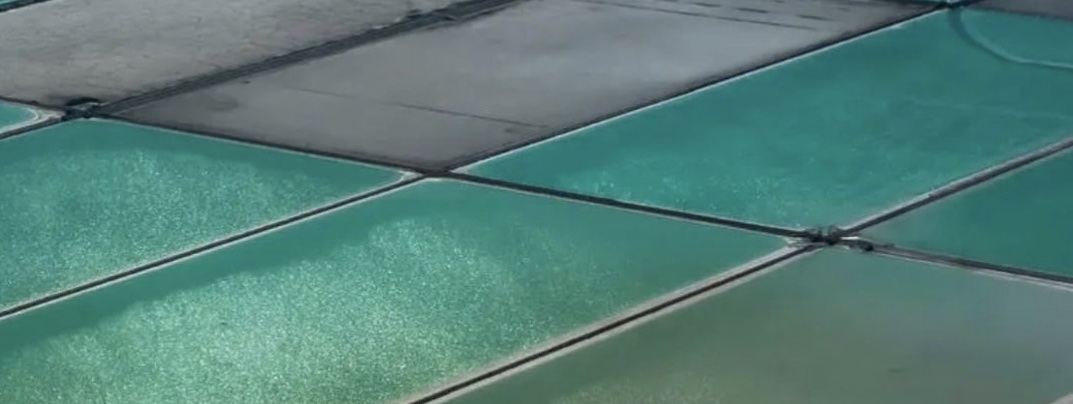
Closing the Recycling Gap
Recycling reduces our carbon footprint and resource consumption, and protects the environment. Lead-acid batteries (flooded and maintenance-free AGM) command the largest market share for clean energy applications, followed by lithium-ion batteries. Each battery chemistry has benefits and downsides depending on the application. But there's a chasm between recycling rates.
According to the US EPA, flooded lead-acid (FLA) and AGM batteries are 99 percent recycled (returned for recycling) - more than an aluminum can. Lithium-ion (Li-ion) batteries, on the other hand, are only downcycled (turned into lower-value products) 5 percent of the time.
Facts and Figures about Materials, Waste and Recycling from https://www.epa.gov/facts-and-figures-about-materials-waste-and-recycling
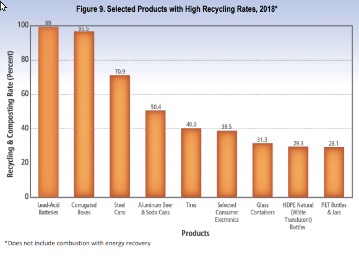
Recyclability rates tell a similar story. Recyclability measures how much of a product can be harvested to build a new one. Spent lead-acid batteries are 99.3 percent recyclable, - and 80 percent of the raw material for new FLA batteries comes from previously recycled units. Yet, 40 - 100 percent of Li-ion battery material collected for recycling ends up in a landfill.
Is it really clean energy? Find out how your manufacturer powers their operations
Battery manufacturing is energy-intensive. A large portion of a battery's carbon footprint comes from operating manufacturing equipment.
Sustainable battery companies reduce embodied carbon and pollution by sourcing renewable energy. Potential sources include offshore and land-based wind turbines, solar farms, hydroelectric power, and geothermal cooling. The greater the percentage of energy supplied by renewables, the better.
To see which manufacturers use renewable energy, visit the US EPA's Green Power Partnership website. There, you'll find a complete database verified by environmental experts.
Here's how to check out a battery company's energy efficiency efforts: Read their sustainability reports, brochures, and press releases. Or email a sales rep. Look for specifics, such as Kilowatt-hours saved or efficiency awards from electrical utility companies. And beware of generic claims such as "green" or "efficient" unless they provide supporting information. (After all, there's zero legal definition for "green.")
Ask battery companies about their near-term sustainability goals, such as:
- New energy efficiency programs
- Timeline for switching to 100% renewable energy
- Support R&D programs and academic research
- Specific plans to reduce the use of virgin-mined materials
- Advocacy for better recycling programs
If they don't have concrete plans to do better in the future... then you may do better by moving on.
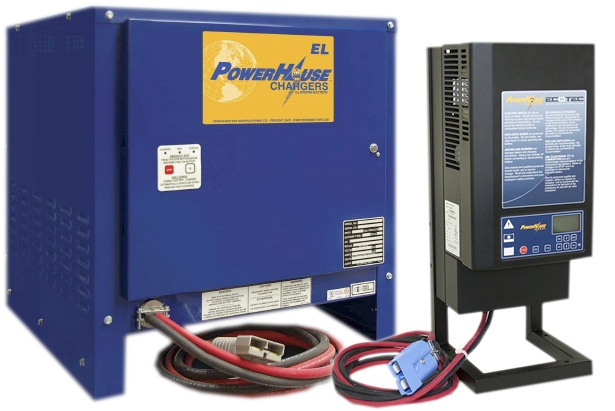 Remember: The best battery isn't a new one... it's the one that's already been paid for and still works well
Remember: The best battery isn't a new one... it's the one that's already been paid for and still works well
Less new production means less embodied energy, less raw material mining, less wastewater and trash, and fewer pounds of CO2 in our atmosphere. That's good for everyone -- especially you, if you or your customers can get more years from your battery bank.
Try these simple steps to extend battery life:
Ensure that batteries are appropriately sized for 50 percent Depth of Discharge. Store batteries in a well-ventilated, dry enclosure. Avoid extreme temperatures and underwatering. And train battery users because all batteries need routine maintenance to last longer.
And when you do comparison shop for your next batteries, look for these features:
- R&D includes CAD modeling, 3D printing, and real-world field-testing
- More energy-storing material. (For lead-acid and AGM batteries, look for more energy-storing "active material" and thicker metal lattices called plates to hold it. More energy + greater surface area = more chemical reactions = longer life.)
- Robotic assembly such as Cast-On-Strap welding (99 times more precision than manual welding)
- Closed-loop recycling ensures spent batteries will make new batteries nearly indefinitely.
Finally, I recommend reading November/December 2020's Read the Fine Print: Battery warranty basics. Those Seven Battery Warranty Rules apply whether you choose lead-acid, lithium-ion, LFP, or any other chemistry.
Beyond 2025: What's next for battery sustainability
Today, government agencies and scientists are working hard in the hopes of eventually to recovering 90 percent of critical Li-ion materials. This could bring lithium-ion closer to lead-acid's 99.3 percent recovery rate. I'm hopeful that scientific advances, government regulations, and infrastructure improvements can help lithium-ion close the Recycling Gap and avoid widespread landfilling.
In laboratories across the world, scientists continue to study and test experimental batteries with the potential for even longer life, increased safety and power density, and lower carbon footprints. But you don't have to wait to achieve your battery sustainability goals. You already know what to look for and ask about. And I'm betting you'll agree: Battery sustainability is good for the planet - and for your wallet.
 John Connell is a 30-year energy storage veteran and Vice President of the SLI Products Group at Crown Battery Manufacturing. Founded in 1926, Crown manufactures 99% recyclable batteries using 100% renewable energy -- a first that earned its place on the U.S. EPA's Green Power Partner list. All Crown batteries are US-Engineered and manufactured at the company's ISO 9001:2015-certified plant in Fremont, Ohio.
John Connell is a 30-year energy storage veteran and Vice President of the SLI Products Group at Crown Battery Manufacturing. Founded in 1926, Crown manufactures 99% recyclable batteries using 100% renewable energy -- a first that earned its place on the U.S. EPA's Green Power Partner list. All Crown batteries are US-Engineered and manufactured at the company's ISO 9001:2015-certified plant in Fremont, Ohio.
Crown Battery | www.crownbattery.com
Author: John Connell
Volume: 2022 January/February








